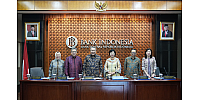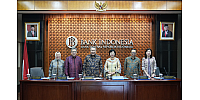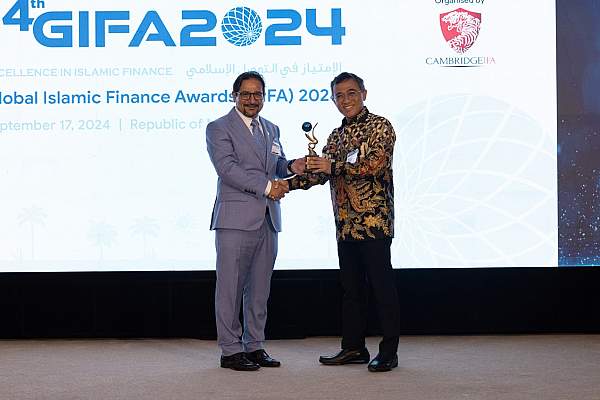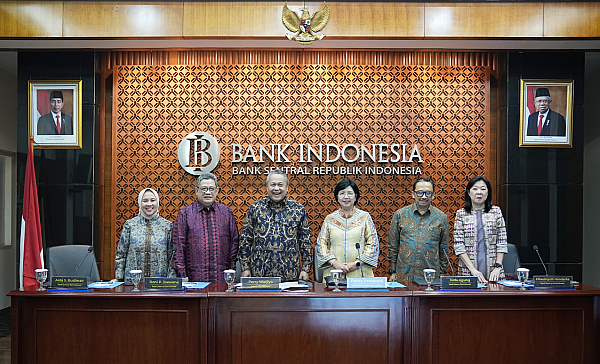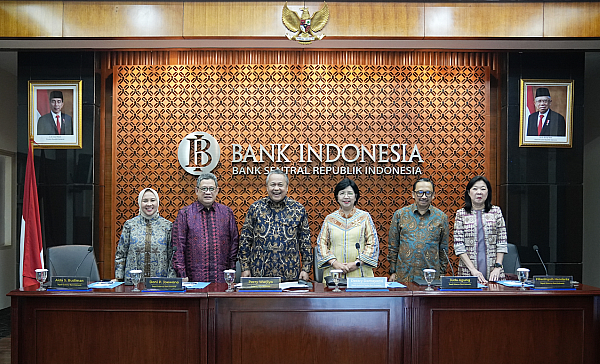Government Releases New Private Infrastructure Financing Scheme, 4 Become Pilot Projects
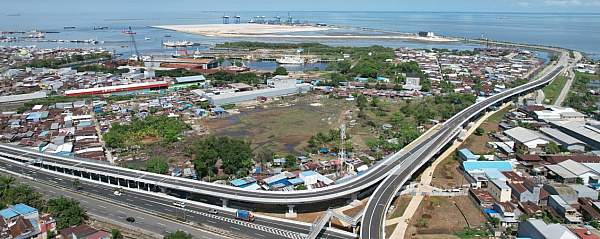
The development of infrastructure is a fundamental prerequisite for Indonesia to achieve the status of a developed nation. Historically, the financing of both physical and non-physical infrastructure has relied heavily on the State Budget (APBN). However, the capacity of the APBN is limited.
For instance, the 2025 State Budget allocates IDR 400.3 trillion for infrastructure development, primarily focusing on education and health infrastructure, connectivity, food and energy sectors, as well as the National Capital City (IKN). This allocation is only sufficient to support an infrastructure stock ratio of 49 percent of the Gross Domestic Product (GDP).
Consequently, the government is continuously enhancing infrastructure financing schemes through innovative funding methods that involve private sector participation, as stated by the Coordinating Minister for Economic Affairs, Airlangga Hartarto, during the launch of "Creative Financing Regulations for Infrastructure Development" in Jakarta on August 28, 2024, as reported in a written statement from the Coordinating Ministry for Economic Affairs.
To this end, the Coordinating Ministry for Economic Affairs, in collaboration with relevant ministries and agencies, has finalized the regulations for creative financing, which include the Limited Management Rights (HPT) scheme and the Area Value Capture (P3NK) scheme.
The formulation of these two infrastructure financing schemes is based on Presidential Regulation No. 66/2024 concerning amendments to Presidential Regulation No. 32/2020, as well as Presidential Regulation No. 79/2024.
Known as asset recycling, the HPT scheme aims to optimize State-Owned Assets (BMN) and assets of State-Owned Enterprises (BUMN) to secure external funding for infrastructure financing.
On the other hand, the P3NK scheme is a region-based funding model that allows for infrastructure development to be financed through the utilization of increased land value generated from investments, activities, and government policies within a specific area. This policy has two implementation bases: taxation and development.
By providing legal certainty and attractive incentives, it is anticipated that the private sector will be encouraged to finance and manage infrastructure projects.
The Acting Deputy for Regional Development and Spatial Planning Coordination at the Coordinating Ministry for Economic Affairs, Susiwijono Moegiarso, added that the two Presidential Regulations require several derivative regulations to ensure that the implementation of this creative financing scheme aligns with expectations.
During the event, the Director of Infrastructure Financing for Roads and Bridges at the Ministry of Public Works and Public Housing (PUPR), Reni Ahiantini, revealed that four infrastructure projects will serve as pilot projects for the application of this creative financing scheme.
These include the Lematang-Pelabuhan Panjang toll road project in Lampung, the Rengat-Pekanbaru toll road project in Riau, the Batam-Bintan Bridge in the Riau Islands, and the Semarang Harbour toll road.
Currently, these four projects are in the preparation and criteria development stage. "In its implementation, the P3NK scheme will be integrated with the existing Government-Business Partnership (KPBU) scheme," stated Reni.
Present at the event were the Economic Counselor of the Australian Embassy in Jakarta, representatives from the Indonesia-Australia Infrastructure Partnership (KIAT), the Deputy for Macro Economy and Finance Coordination, the Principal Secretary of the Procurement Policy Agency, and representatives from various ministries, agencies, and local governments.


